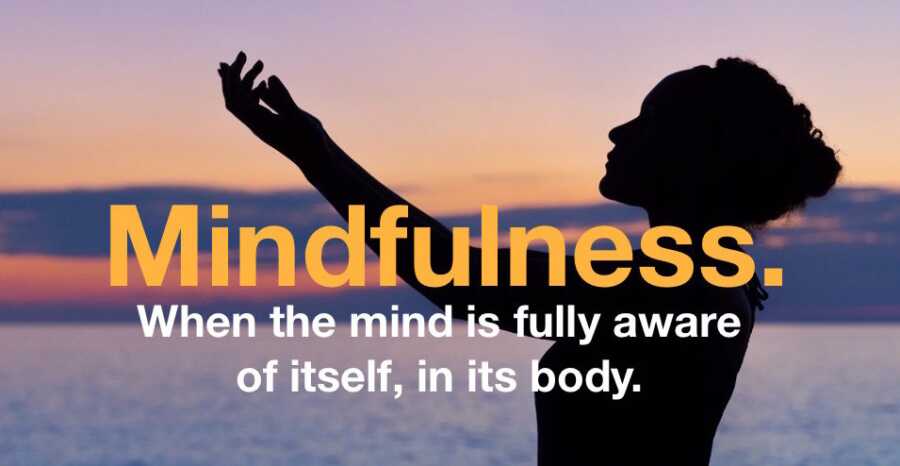Mindfulness. Awareness. Consciousness. Yoga
Mindfulness is when the mind is fully aware of itself, in its body. It is the mind tuned in to its immediate physical reality, not dominated by thought or emotiona. In awareness of itself, self, the being, it achieves a state of bodymind that is uniquely positioned to understand an objective reality.
With practice and research such awareness form part of a multi-layered awareness of one’s inner world, outer nature, the world, and the greater cosmos, everything seen and unseen – even awareness of the imagination. But it is not thinking.
Mindfulness is not anti-intelctual, and encourages non-polarity
When I talk about being in the body, or other spiritual paradigms, it is always in context of the thinking mind too, in other words, the spirit-mind has to make logical, thinking sense. Mindfulness shows the thinking mind is a part of reality, not the whole reality, and therefore cannot grasp reality unless it is also informed by the bodymind. Likewise the bodymind cannot “reason” without the intellect.
Mindfulness reveals how “everything just is”, now nice, now nasty, and because we know change is constant, polarity will shift from one to the other. In mindfulness practice we train to not don’t judge something as good or bad, it favours objective, not emotion or opinion. Polarisation is collapsed. The actual duality remains, but the perception of it is from a whole self that can “see everything for what it is”. It is useful to become aware of “being consciousness“, and what that may be.
How do we learn or practice mindfulness?
Mindfulness is a philosophy, and a body awareness i.e. a physical practice that is understood mentally.
Understanding it comes from reading, discussion with others knowledgeable of mindfulness, yoga and vedanta yoga. Meditation is an indispensable part of it.
Sit in any comfortable meditation position, for yoga, or on a chair. Make sure your back is upright, that you feel grounded, relaxed, and can breather freely. Close your eyes. Similarly you may practice lying down, savasana in bed, on the floor or lying down with knees bent.
Breathe in a deep breath through the nostrils, exhale a large sigh out the mouth.
Become aware of how your body moves when breathing.
In- and exhale a large, slow full trunk uija breath, feeling the body, listening to its chesty sound.
Exhale an easy sigh and let the breath settle, and listen to all the sounds, near and far, just listening.
Realise you are in your body, experiencing the entire world around you.
Then scan through your body, you may begin with the feet, and take all your attention there, just observing.
You are not changing anything, only sensing yourself, part by part, so move your attention to a nearby area.
Work your way through the entire body, soon as you feel connected to an area, move on.
Don’t linger, and don’t rush. Breathe large or small, freely or quietly, as you please.
A mindful scan of the whole physical self requires at least 5 minutes.
When completed breathe a large inhale, and hold the breath, the bodymind full of the breath and its life force.
Exhale a massive emptying out.
Meditation is best early in the morning, upon waking, or soon after. Practice a few minutes every day.
Enjoy!
Johann
Muizenberg Beach, Cape Town
South Africa
8 February 2018
